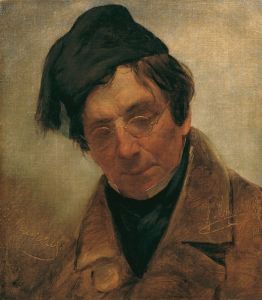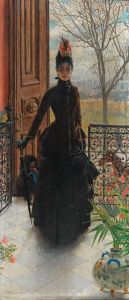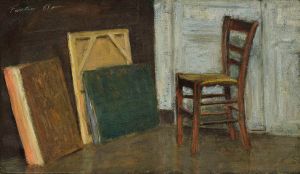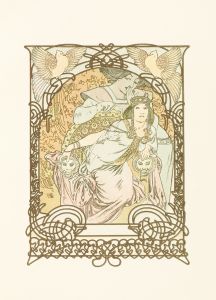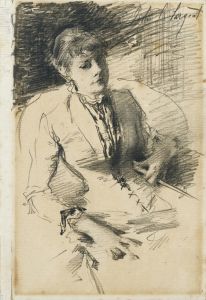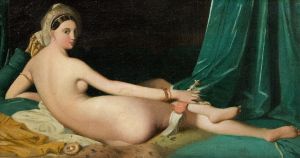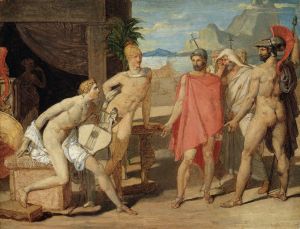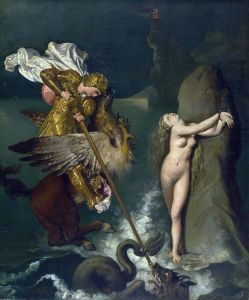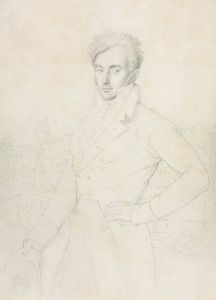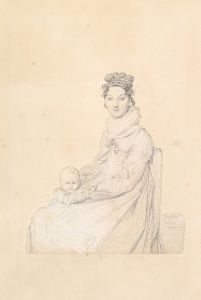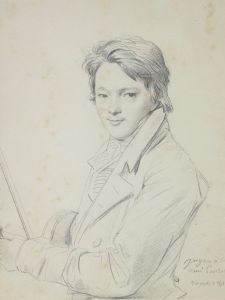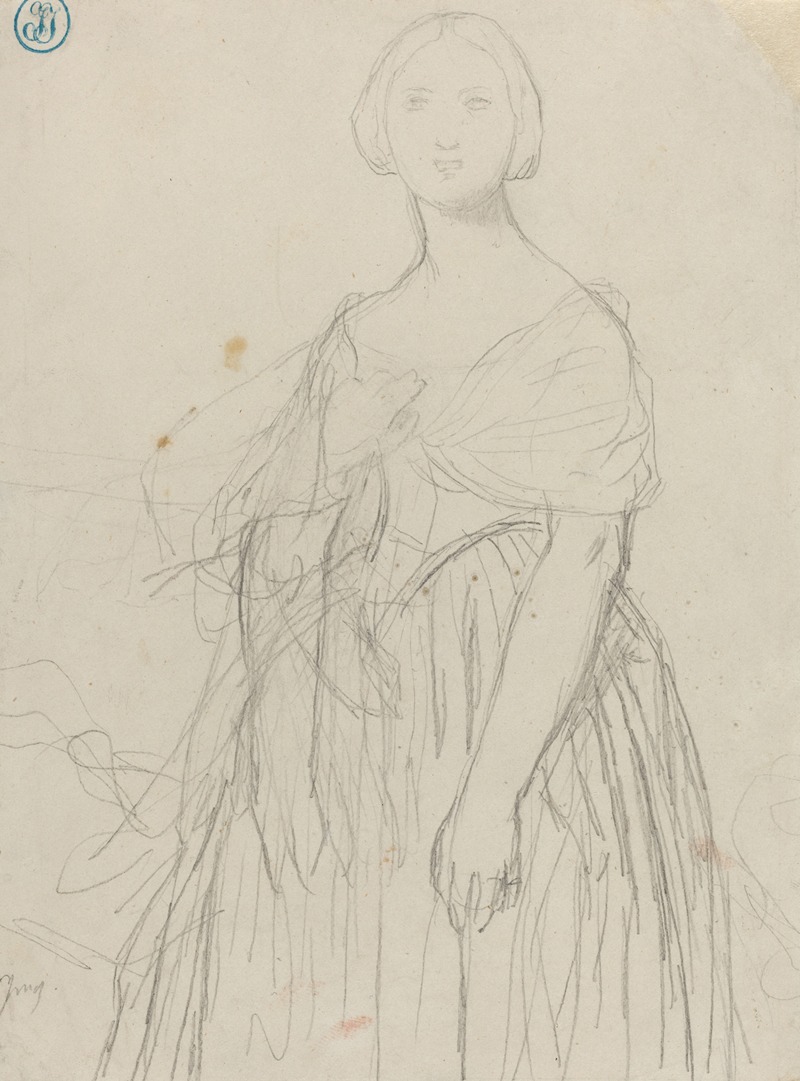
Sketch for Madame Moitessier
A hand-painted replica of Jean Auguste Dominique Ingres’s masterpiece Sketch for Madame Moitessier, meticulously crafted by professional artists to capture the true essence of the original. Each piece is created with museum-quality canvas and rare mineral pigments, carefully painted by experienced artists with delicate brushstrokes and rich, layered colors to perfectly recreate the texture of the original artwork. Unlike machine-printed reproductions, this hand-painted version brings the painting to life, infused with the artist’s emotions and skill in every stroke. Whether for personal collection or home decoration, it instantly elevates the artistic atmosphere of any space.
"Sketch for Madame Moitessier" is a preparatory drawing by the French Neoclassical painter Jean Auguste Dominique Ingres. This sketch was created as part of the process for his famous oil painting "Madame Moitessier," which depicts Marie-Clotilde-Inès Moitessier, the wife of a wealthy banker. Ingres, known for his meticulous draftsmanship and attention to detail, often produced numerous preparatory sketches and studies before completing his final works.
Jean Auguste Dominique Ingres (1780–1867) was a prominent French painter whose work exemplified the Neoclassical style, characterized by its clarity of form, sober colors, and strong emphasis on line. Ingres was a student of Jacques-Louis David, another leading figure of Neoclassicism, and he continued the tradition of classical precision and idealized beauty in his own work.
The "Sketch for Madame Moitessier" is an important piece in understanding Ingres' artistic process. The sketch captures the likeness and pose of Madame Moitessier, providing insight into how Ingres planned the composition and refined his ideas before committing them to canvas. Ingres was known for his rigorous and methodical approach, often making several studies of his subjects to perfect their representation.
Marie-Clotilde-Inès Moitessier, born in 1821, was a prominent figure in Parisian society. She married Sigisbert Moitessier, a wealthy banker, and became known for her beauty and elegance. Ingres was introduced to Madame Moitessier in 1844 and was immediately struck by her classical beauty, which he felt was reminiscent of the figures in ancient Roman frescoes. He agreed to paint her portrait, a commission that would take several years to complete.
The final portrait of Madame Moitessier, completed in 1856, is celebrated for its exquisite detail and the serene, almost statuesque quality of the sitter. Ingres' ability to capture the texture of fabrics, the softness of skin, and the intricate details of the background elements is evident in the finished work. The "Sketch for Madame Moitessier" played a crucial role in the development of this masterpiece, allowing Ingres to experiment with different poses and expressions before finalizing his composition.
The sketch itself is a testament to Ingres' skill as a draftsman. His use of precise lines and careful shading demonstrates his mastery of the medium and his dedication to capturing the essence of his subject. The sketch not only serves as a preparatory study but also stands on its own as a work of art, showcasing Ingres' ability to convey character and elegance with minimal means.
Ingres' portraits, including the "Sketch for Madame Moitessier," are highly regarded for their combination of idealized beauty and lifelike detail. His work has had a lasting impact on the art world, influencing subsequent generations of artists and solidifying his place as one of the leading figures of 19th-century French painting.
In summary, the "Sketch for Madame Moitessier" by Jean Auguste Dominique Ingres is a significant preparatory drawing that highlights the artist's meticulous approach to portraiture. It provides valuable insight into his creative process and contributes to our understanding of his artistic legacy.





